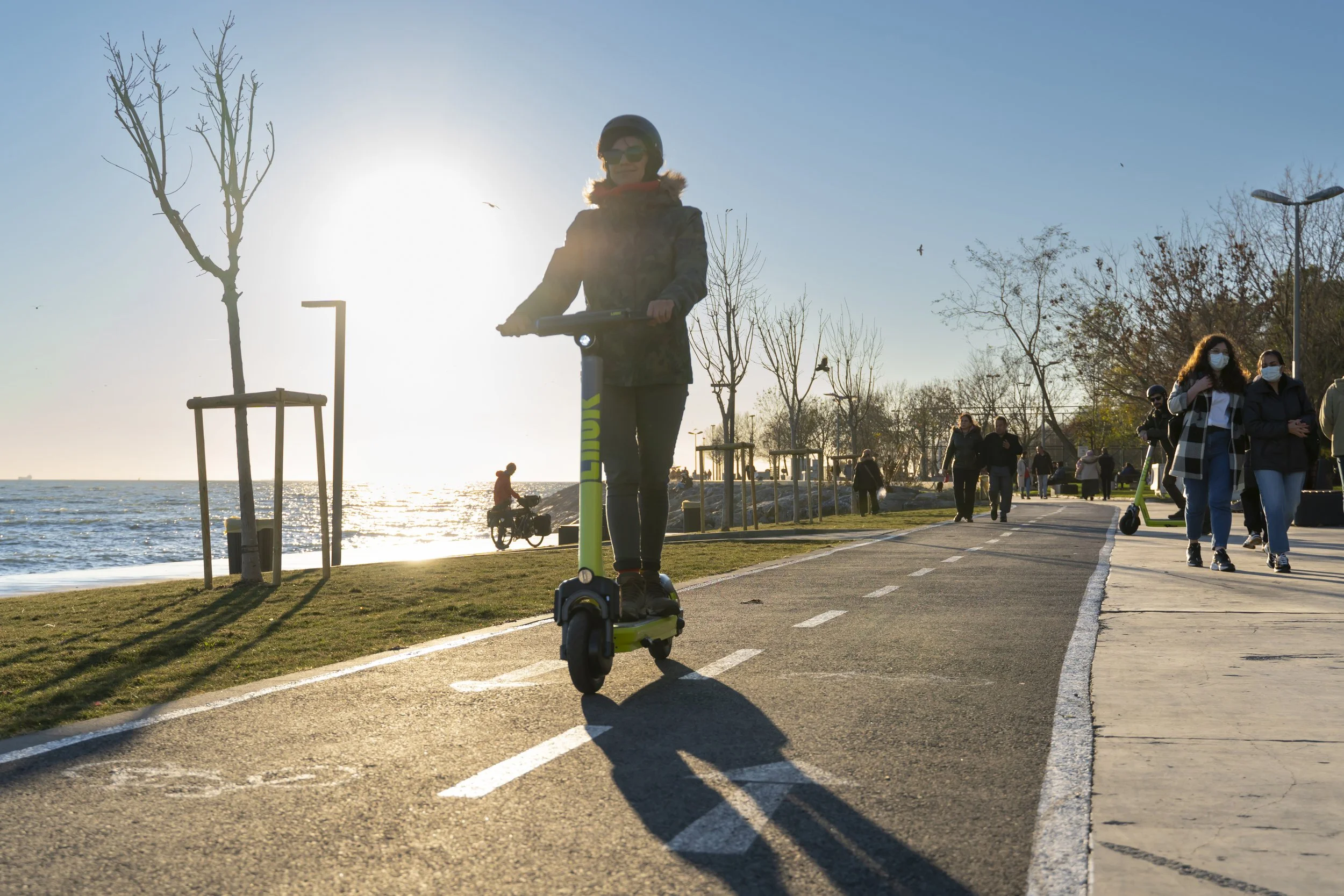Can Electric Scooters Grow Up? Bloomberg profiles Superpedestrian and what we're doing differently
“The ‘Volvo of scooters’ aims to transform the industry’s shaky image by keeping riders safe — and turning a profit”
“Superpedestrian scooters are weird,” writes Bill Donahue in an article published by Bloomberg this past weekend. We take this as a compliment. While Donahue is remarking on our scooter’s robust hardware, he could just as well be talking about the other ways Superpedestrian stands apart, like our scooter’s internal technology and our authentic engagement with communities.
The article identifies two paths for the shared scooter industry. On the one hand, McKinsey & Co. predicts that by 2030 micromobility will become a $500 billion industry. On the other hand, the industry is plagued by a bad reputation with places like Miami and Manhattan banning scooter companies from operating.
So, what will it take for scooters to overcome the bad image and fulfill the economic promise? Bloomberg positions Superpedestrian’s focus on safety and respect for public spaces as the possible remedy.
Superpedestrian stands apart in an industry with over 200 brands
“We’re an engineering company, a robotics and automation specialist, that learned how to become a scooter operator, not the other way around,” explains Superpedestrian CEO Assaf Biderman to Bloomberg.
Our patented Vehicle Intelligence platform self-checks 140 components, constantly evaluating the scooter’s safety, from battery health to determining if the throttle is stuck. According to Augustin Friedel, an independent industry analyst and mobility expert interviewed by Bloomberg, no other scooter integrates a matching set of safety features.
Beyond superior hardware and software, Superpedestrian goes further to help scooters integrate into cities. As Superpedestrian’s VP of Public Policy Paul White explained to Bloomberg, Superpedestrian is working to bring “an urban planning culture” to scootering, acknowledging that “Public space is sacred and we can’t grow unless cities let us grow.”
It’s our job to help make safer streets
Cities and Superpedestrian are pushing to make scooters safer for riders and pedestrians. But, what’s the point, when “The real threat is that you’ll be hit by somebody in a four-ton SUV going 45 miles an hour,” questions David Zipper, a visiting fellow at Harvard Kennedy School of Government and a contributor to Bloomberg CityLab. This is a question that Superpedestrian hears frequently.
Still, we know it’s our job to make streets safer. “If we are not doing our job to protect riders and pedestrians, how can we expect the city to do theirs?” White asks. “If people think scooters are inherently dangerous, then there will be insufficient political will, and ridership, to win protected bike lanes and other necessary safety infrastructure.”
In addition to engineering our scooters to protect riders and the public realm, we also regularly host classes on scooter safety, and partner with local organizations pushing for infrastructure improvements like protected bike lanes. And, the Bloomberg article notes that our streets are already on a different trajectory due to the pandemic, with Zipper predicting, “Car owners may want to revert to the auto centric status quo, post-pandemic, but at least in big cities I don’t see them succeeding.”

